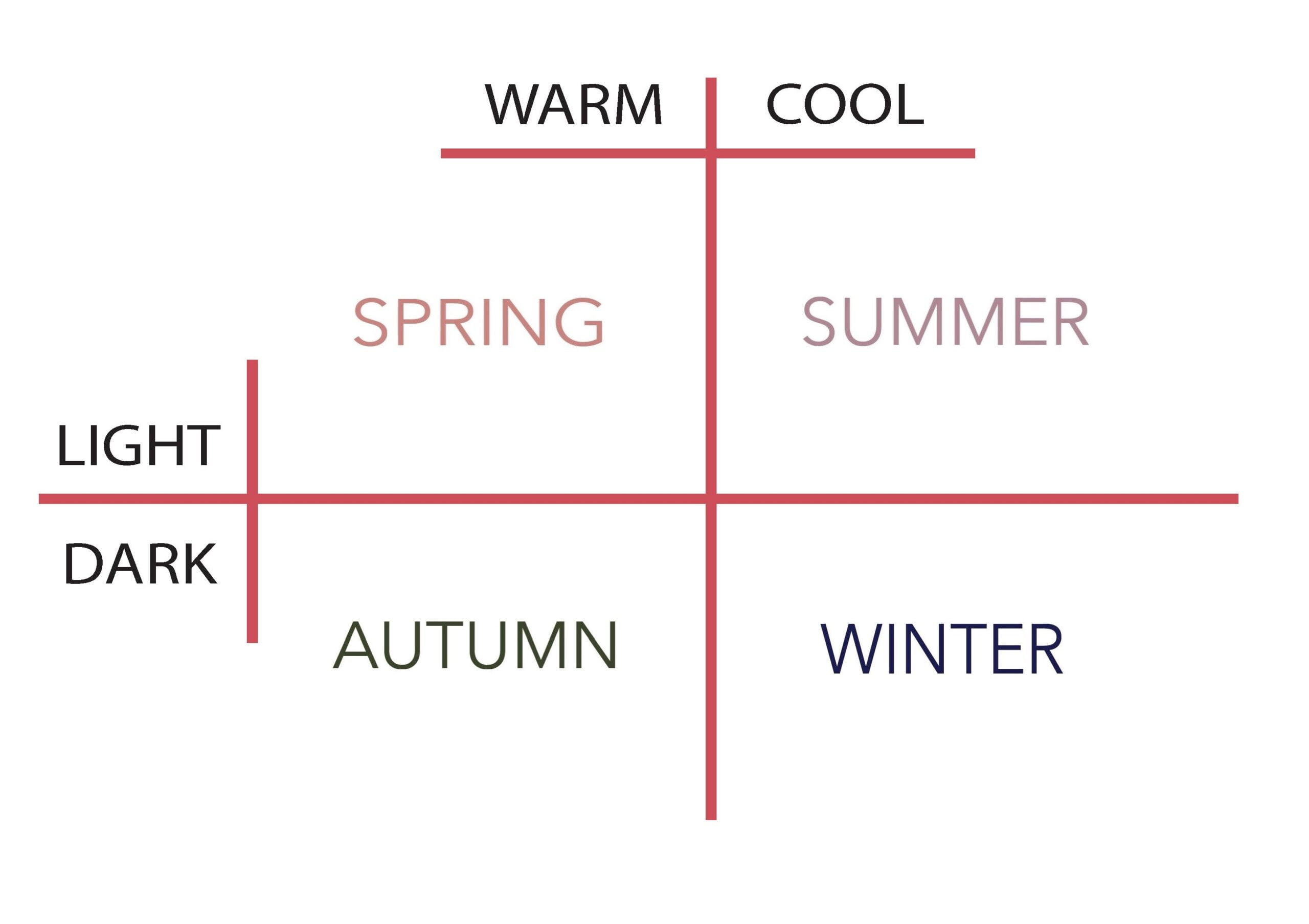
Why Discovering Your Seasonal Colour Analysis is Important
- When you know what colours work for you, you can purchase clothing with a purpose
- Brings you greater self awareness to develop your style
- Investing in clothing based on your season always leaves you winning
- Confidence to know your style is based on scientific analysis
Where Does Colour Analysis Originate From?
Colour theory originally started out with 19th century classical painters and artists needing to understand the seasons to better convey their work. For each season to be accurately portrayed, painters had to gain insight to their unique colours.
By observing nature they saw that each season has distinct colours that are reflective of its different aspects. Given the changing nature, the sun’s light reflects differently for each season which creates the diverse shades, hues, tints, and tones we see throughout the year. Think of winter and how the sun glares off the icy snow that brightens it landscapes.
Notice in the image below that there are distinct colours we have come to associate with different seasons. These are the same colours that harmonize with ones natural features based on which each season they fall into. For example in Autumn we see many rich and earthy colours as leaves change and the weather crisps.

How Colours Work Together
Seasonal Colour Analysis has adopted these same principals to create a framework that discovers which colours harmonize with your natural features such as skin tone, eye colour, and hair colour. This discovery equips you with the knowledge to accentuate your beauty and work with it rather than against it.
Even when thinking about certain seasons there is an immediate association of colours that we pair with each. For example when thinking of Fall, common colour associated is rustic red and deep red because it depicts the colours we see in the nature around us during that time. Just from looking at the colours in the four pictures, one can naturally discern which season each one is.
How To Discover Your Season
There are two dimensions of natural colouring that go into Seasonal Colour Analysis. The first of the two is temperature. Temperature is the undertone of your skin and falls into two categories; warm and cool. If you have a warm undertone then you are either an Autumn or a Spring. When your undertone is cool then you fall into the category of either a Winter or a Summer.

Value determines how light or dark your overall colouring is and your natural hair colour is a great indicator for this. If your natural hair colour is lighter than medium brown you are either a Spring or a Summer, whereas if your natural hair colour is darker than medium brown or strawberry blond to a rich warm red, then you are either an Autumn or a Winter. Dyed hair may be deceiving, so natural hair colour must be the only thing considered as an indicator.
In the example below, we have an Autumn and because they are warm and dark they need rich colours and earthy colours to bring out their warmth. Bright colours may overshadow them and metals like silver dull their warmth, making these common autumn colours harmonious with they temperature and value.

Conclusion
Here was a quick breakdown of how we approach colour analysis and why it is important to know your seasonal colour. Stay tuned for more comprehensive breakdowns of colour analysis and how you may get one step closer in discovering your unique style. If you want to skip the reading and receive a full Seasonal Colour Analysis from one of our experts click here to book your appointment. Want to learn more about how you can discover your unique style? Click here to receive a complimentary 30 minute wardrobe consultation with one of our experts.

